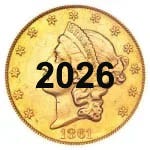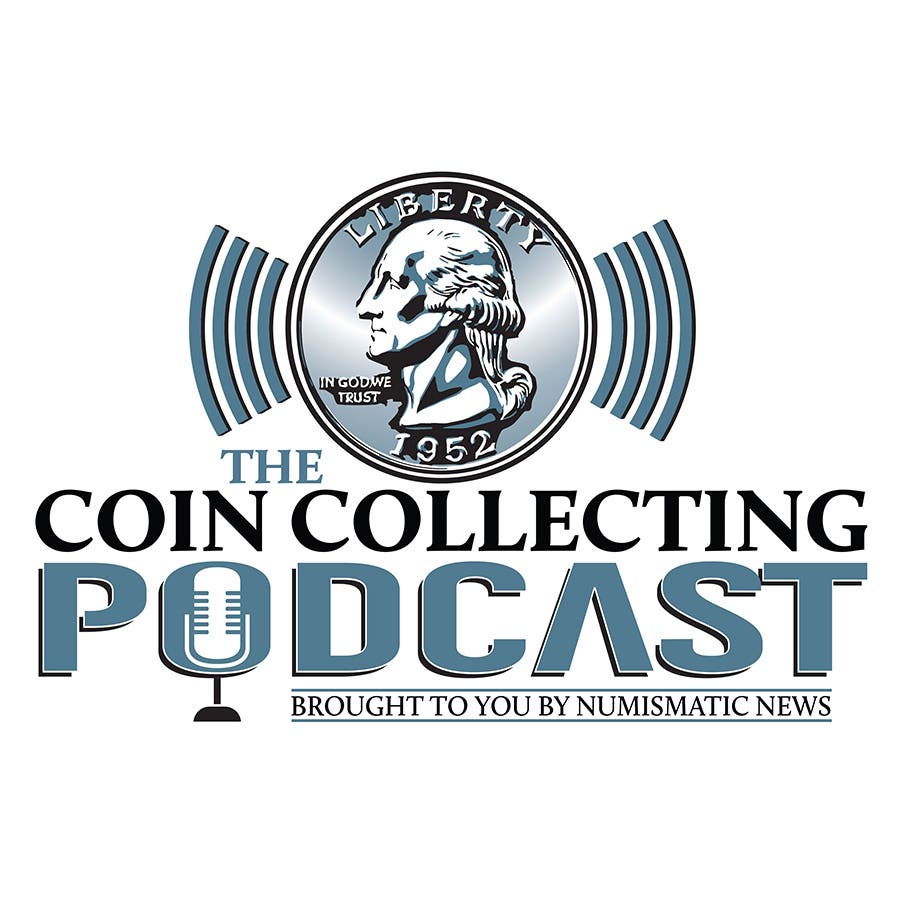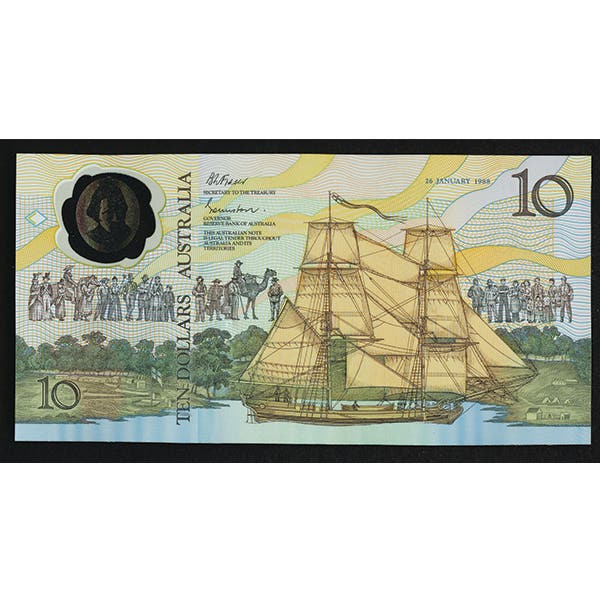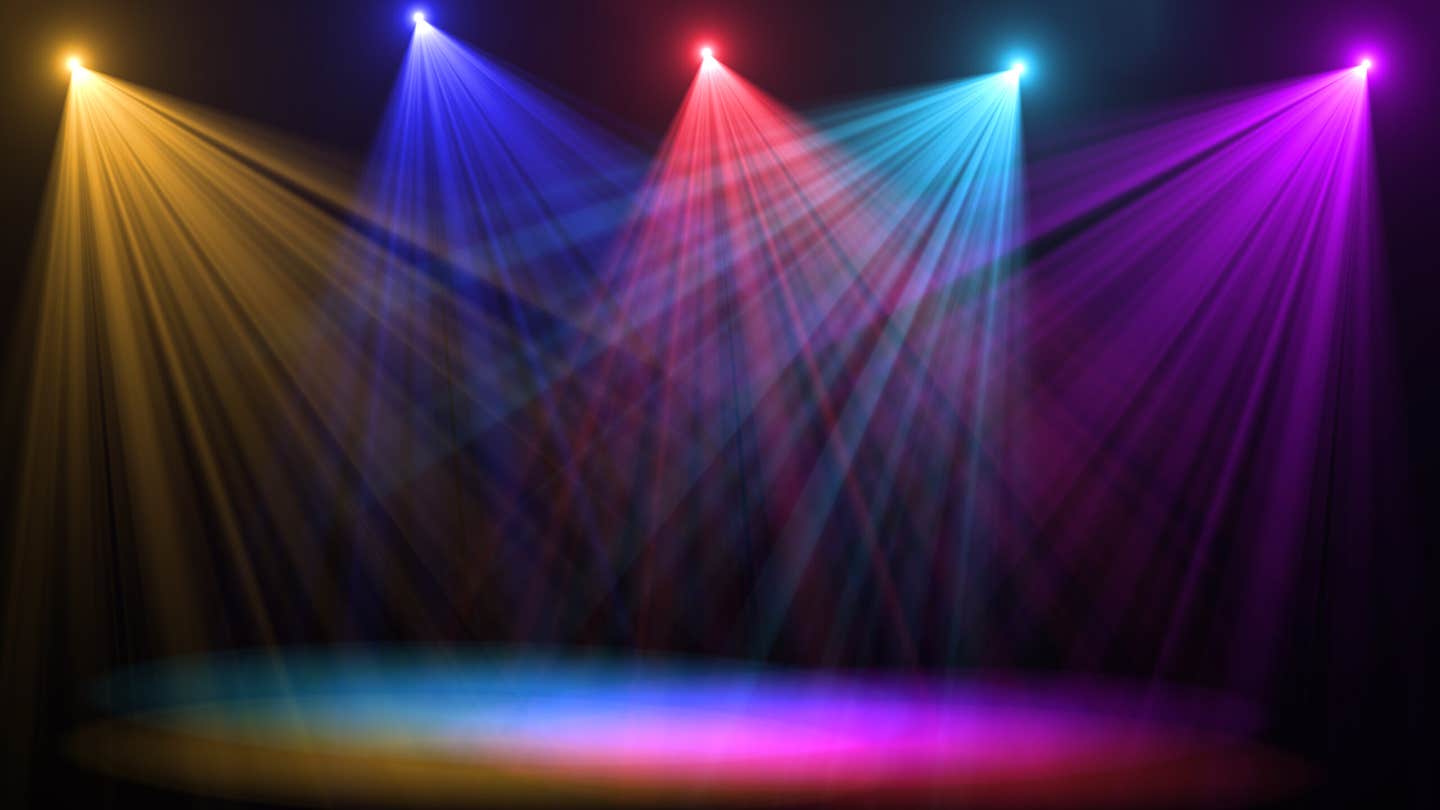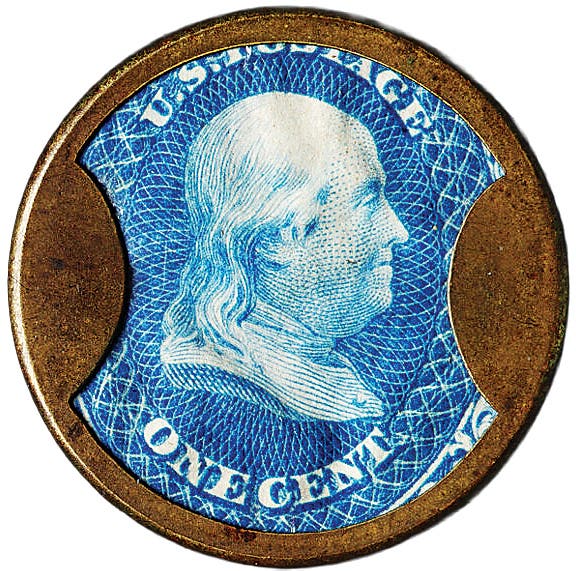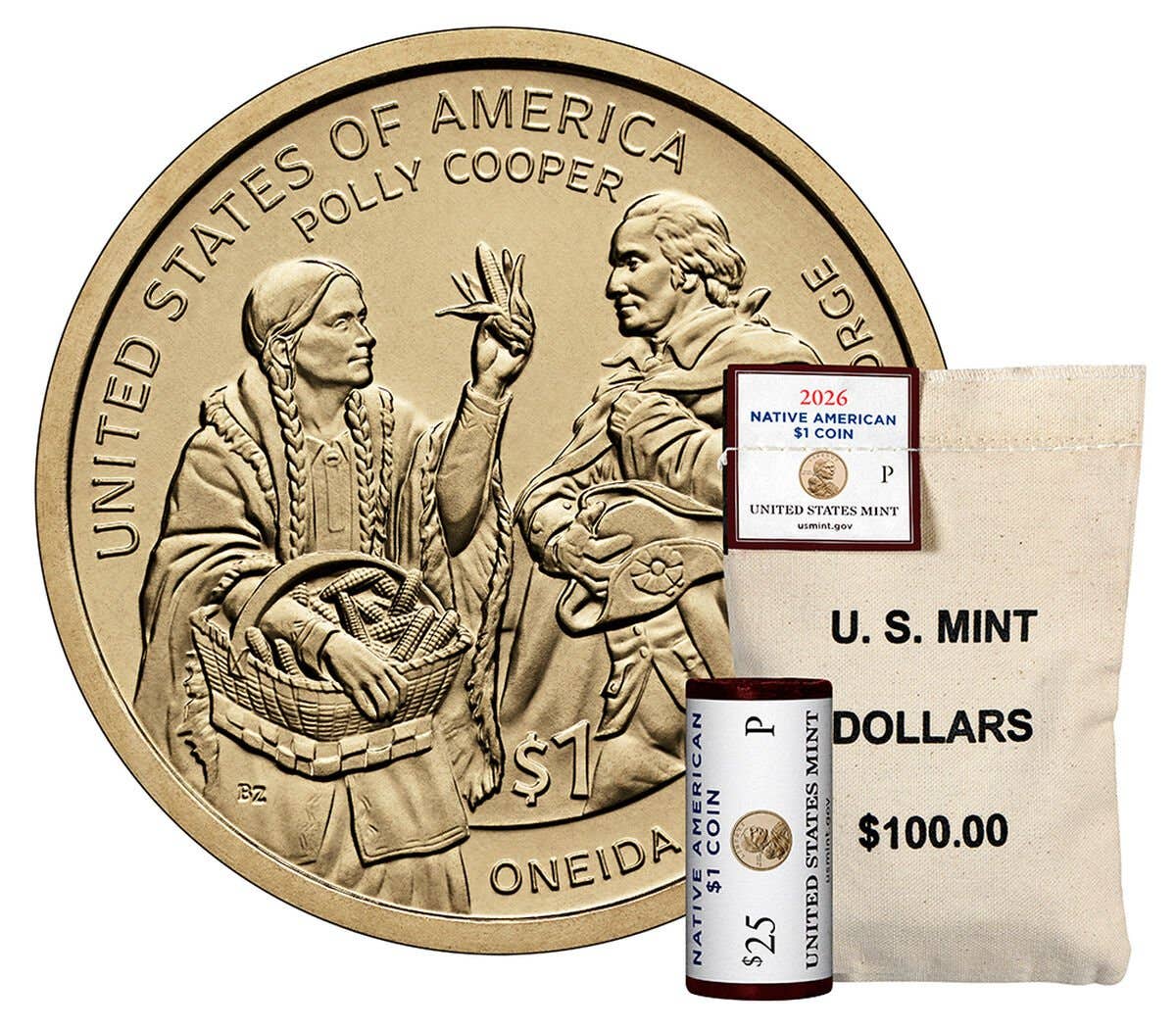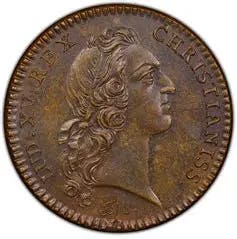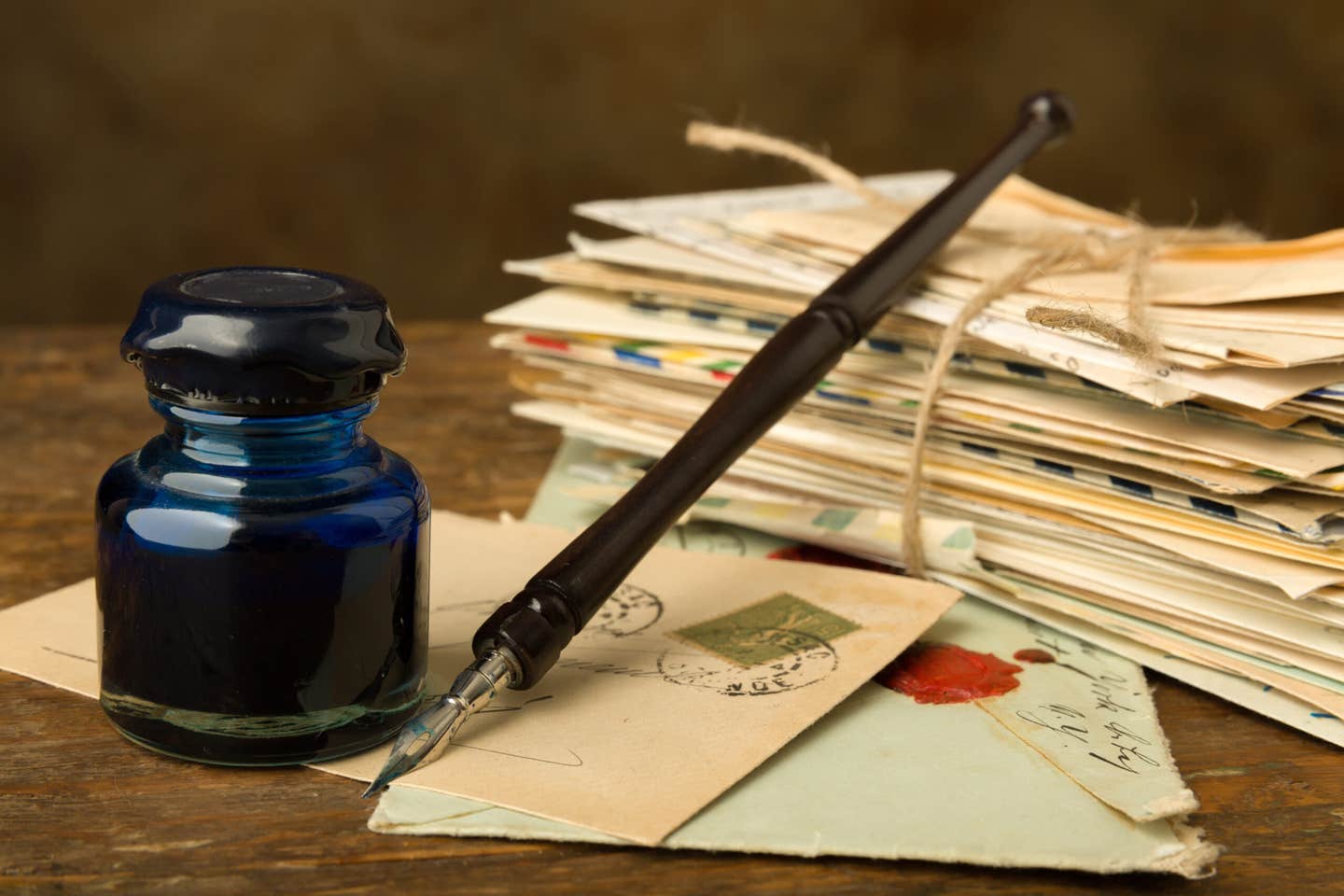Facts About Fakes: Spotting California Fractional Gold Fakes
Identifying counterfeit California fractional gold coins ensures you can spot fakes and protect your collection from fraud.
California Fractional gold is a popular collectible in a small package, but you must know what you are buying. I’ve noticed that many reproductions are selling for prices substantially higher than they are worth to unsuspecting collectors. The genuine pieces were issued as circulating small change over several periods beginning around 1852 by different makers (some are “signed”) until outlawed by the government. Around the turn of the Twentieth Century, they appeared again in different styles as souvenir charms. Later, a popular set of fantasy California Fractionals was produced under the name of “Coins of the Old West,” but they don’t contain any precious metal. By the 1960s, many imitations were on the market, and more recently, a flood of fakes, replicas, and imitations became widespread as the popularity and rising prices for genuine pieces exploded with the publication of updated reference books.
One thing that will keep prospective collectors safe (for now) is something an old rug dealer told me long ago: “The thinner the rug, the richer the Persian.” It has to do with the fineness and quality of the material and the number of knots in the weave. So it is with genuine Fractional gold. Thin is good. If you are making a casual purchase of an uncertified piece, look for ones with the thickness of a business card or two in the lower denominations. The dollars are thicker and scarcer, often with edge reeds.
Genuine early Fractional Gold will have the word “Dollar” or some other indication such as “Dol.” The coins come in both round and octagonal shapes, most often with either an Indian, Liberty, or Washington Head design on the obverse. If a date is present, it can be on either side. Some pieces have initials to indicate their maker, and most have plain edges except for some of the dollars. Due to the thinness of the small denomination coins, parts of their design may be missing or have unstruck areas with crater-like depressions. The photo above shows this characteristic as a patch of color to the right of the date on a thin charm. Most specimens are found in the XF grade; however, damaged, bent, and holed pieces are common. Many genuine pieces are also Prooflike. So far, I have never seen a replica or fake with a weak strike, so for now, that imperfection is an indication that the coin is genuine. Since many genuine pieces and those made later as souvenirs are of different fineness, it drove me nuts doing specific gravity testing on these tiny coins in the 1970s while at the authentication service.
In my experience so far, there is only one group of California Fractionals that will easily fool most dealers and collectors. These are from the so-called “Kroll Hoard” coins that appeared in the 1920s. In my opinion, they were produced by someone with a great deal of knowledge about genuine pieces. Serious collectors will need to get a copy of the Breen/Gillio reference on fractional gold, which expanded and upgraded the 1979 book by Kenneth Lee. As with all authentications, a study of the genuine coins will alert you to most of the crude fakes you’ll find at Flea Markets and on eBay being sold in all price ranges. Be wary of any unlisted varieties that are not in Breen/Gillio, but unlisted genuine pieces may turn up. There are no bears on pre-twentieth-century fractional gold pieces. Of course, any unlisted or questionable pieces should be sent to a major third-party grading service for authentication.
At least one third-party grading service will encapsulate turn-of-the-century charms along with the genuine pieces, which are given a Breen/Gillio attribution. Many of the vintage reproductions are also graded and labeled as “CA Style Replicas.” The Kroll coins are graded and slabbed in their yellow counterfeit label.
You may also like:


